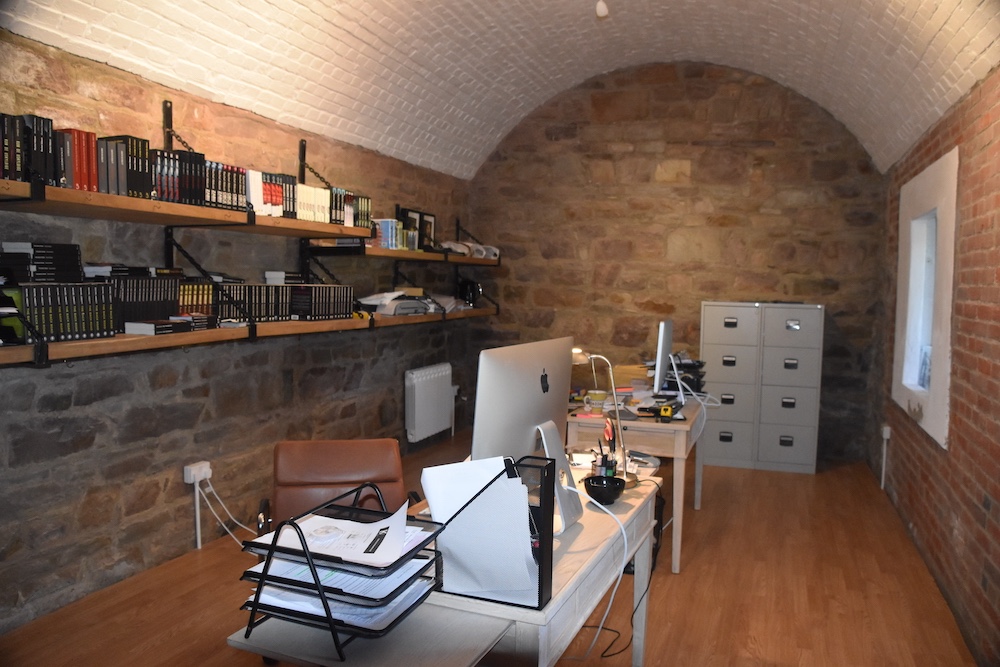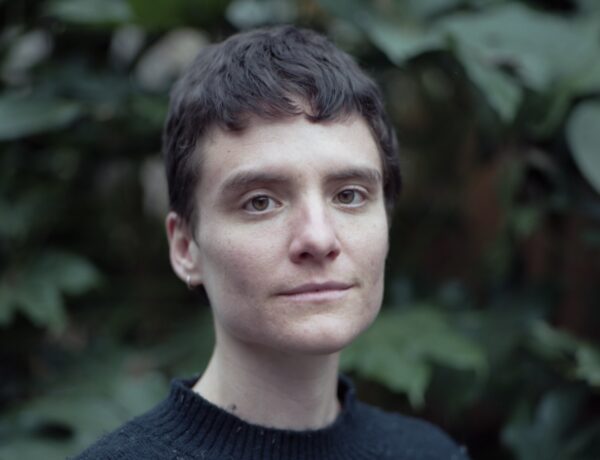Rachel Abbott is the bestselling author of the DCI Tom Douglas thrillers, which have sold over 4 million copies in the English language and have been translated into more than 20 languages.
She is also the author of the Stephanie King series, published by Wildfire Books. The first in this series – And So It Begins – was a Sunday Times top thriller of 2019.
Each week, we publish a new daily writing routine from a famous author. Subscribe to our newsletter so you don’t miss out!
Hi Rachel, so great to have you here with us today! We’re super excited to dive into your writing routine and creative process. For those who may not know, can you please tell us a little bit about yourself?
I write thrillers – mainly psychological with a bit of police procedure thrown in, basically because most of the crimes committed do need solving! I have two series – the Tom Douglas thrillers, set mainly in Manchester, and the Stephanie King series, which are set in Cornwall.
I didn’t start writing until I had taken early retirement, and I had no intention of ever publishing a novel. But when I had written Only the Innocent – my first Tom Douglas – I did get good responses from early readers.
Rather than go down the traditional publishing route, I decided to self-publish – mainly because I wasn’t sure if anyone would be interested enough in my writing! To my surprise, Only the Innocent went to the top of the Kindle chart and stayed there for a few weeks. I loved writing, so I continued to self-publish the Tom Douglas books, but the Stephanie King books have followed a more traditional route.
What was it that prompted you to switch from self-publishing to following a more traditional route with the Stephanie King books?
The answer to that is quite complex, and there were a number of reasons. Maybe the most crucial was the fact that the Stephanie King series was new, so it offered an opportunity to gain the experience of working with professional publishers – to see how it differs from self-publishing.
The writing and editing process is very similar. I have always had my books professionally edited – from developmental editing to copy editing and proofreading. I think that’s essential and I would never take any shortcuts. The opportunities for marketing and promotions, though, are different, as publishing companies have a wealth of contacts and I enjoyed the experience of being supported by a team.
I have continued to self-publish the Tom Douglas series, mainly because I have an existing reader base, but who knows which way I will go in the future? There are advantages and disadvantages in both publishing routes.
If you were talking to a new writer looking to self-publish their work, what would be some of your tips to make sure they had the best experience possible?
Self-publishing is time-consuming and requires real dedication. There are no easy routes or quick solutions, and no guaranteed method of getting your books noticed. It’s harder than it was when I started – there are just so many books and so many writers trying to come to the attention of readers, so my advice would be simple.
Write the best book you can. Have it professionally edited (and I don’t just mean proof read). If possible, write two books – because if someone enjoys the first, they may well go straight back to buy the second one. Work out which forms of promotion you like best – but you will inevitably need to look to social media, so try to build up a small following before you launch your book. And if there is one essential, it is to develop a mailing list. It takes time, but the people who sign up are the readers you can notify when you have a book release.
Most of all, be prepared for a lot of hard work.
Can you take us behind the creative process for your 2021 book, Close Your Eyes?
The creative process for all books is broadly the same. I have an initial one line concept which I expand into a paragraph. I need to understand the theme of the book, the inciting incident that sets the whole thing off, and the main characters.
Before I proceed with the plot, I decide on the location and research maps and images if it’s a real place, but the most important aspect to me is to define the characters. I have a very clear image in my mind of the protagonist, and I search for pictures that match the person of my imagination. That acts as an ongoing reference point. I then define the characteristics of this person – their good points and bad. This is something of an ongoing process, but as the characters develop they help to determine the flow of the story.
I usually know roughly how the story will end – but this often changes because of the characters. Nevertheless, I put together an outline of the structure of the story, with a timeline, and only when I have the characters defined and at least the first half of the story mapped out do I start to write.

What does a typical writing day look like for you?
I try to write in the mornings, but that often doesn’t work. While I know it’s my most productive time, I also know that if I have other things that have to be done that day, I need to do them or I won’t be able to give my whole focus to the book. So I try to clear the decks of everything else.
As a writer, there are so many hidden aspects of the job. I have to think about accounts, marketing, promotions, and of course I have to think about my readers and responding to some of the wonderful messages I get. I am less active on social media than I should be, but I do try to keep in touch that way without it causing too much of a distraction.
I set myself a minimum target of words each day, and I try to stick to it. It used to be 2000 words, but I’ve recently reduced that to 1500. It seems mad when I am a very fast typist, and in theory could polish off that many words in under half an hour! But my brain doesn’t work as fast as my fingers!
I’m curious to know what some of your must-have writing tools are?
I’m a bit of a techie, really! Before I retired and started to write I ran an interactive media company, and prior to that I was a systems analyst and computer programmer. So I love using technology.
The most important tool to me is Scrivener, which I always use when I start writing. I use its features extensively – everything from keywords to story flow and all the note options.
But that’s not the only software I use – I have tools for plotting and flowcharting, creating timelines, and I even use Siri on my phone and call out ideas to stick into my reminder list. I have spreadsheets to record the names of every character in every book, so I don’t use the same name twice for key characters, and I also use spreadsheets to plot relationships between each of my characters.
So yes – there are many tools that I can’t live without.
Whenever you hit a roadblock during a writing session, what are some of the methods you use to get back into the flow of things?
This is going to sound very tedious, but I’m afraid I will turn to technology again, this time to mind mapping. The roadblock using comes when I can’t entirely understand the motivations of one of my characters – and if I don’t understand why they are doing something, it’s not going to work for my readers either. So I plot and organise what I do know and what I don’t know – and then I try to fill in the gaps until I get some clarity.
Failing that, I generally go and lie down somewhere in total peace and just let my mind wander!
What does your writing workspace look like?
A tip, usually! My office is in a Victorian gunpowder shelter in the garden. It’s covered with about a metre of soil, and there are owls nesting in the one and a half metre thick walls. And I love it.
I tend to work in semi-chaos. I am not a tidy person by nature, and even though I make a real effort to tidy once a month, it takes no time at all for my desk to be covered with papers, books, scribbled notes, post-it notes – you name it.
Then behind me I have shelves full of my books in foreign languages, and if ever I’m feeling a bit lacking in inspiration I turn round and stare at them. I don’t know how many there are, but I do know that twenty-three languages are represented, and it’s a real thrill to see them.

Before you go…
Each week, we publish a new writing routine from a famous author. Subscribe to our newsletter so you don’t miss out!



No Comments